MISTA and BECA will cement ties
IDD explainer
In the past fifteen years, or since 2005, India has swung from being a reluctant partner of the US to being its trusted ally, encompassing strategic and military ties besides high-end technology bound by agreements that put two in the same grouping.
The two countries which were clearly in the opposite camps during the Cold war ( 1945 to 1991) have come a long way since then and recently announced an expansion of the naval exercise ‘Malabar’ to include Australia while Japan had joined in since 2015. In other words globally, its seen as the first exercise of the Quadrilateral or the ‘Quad’.
On October 26, the Indian Government announced “the agreement of BECA will be signed”.
What was not stated is that Maritime Information Sharing Technical Agreement (MISTA) is also being discussed. It provides the ability to track adversary’s ships and submarines at sea. It means the Chinese fleet will be under watch.
For the US and India to share maritime intelligence may be one of the most important steps for cooperation and also the long-term goal of making ‘Quad’ a operational deterrence against Beijing. The constant monitoring of enemy vessels has its basis in the Japanese attack at Pearl Harbor in December 1941, drawing the US into the World war ( 1939-1945). The US counter attack known as the ‘battle of midway’ was possible due to the intelligence and cryptologic teams that collected analysed relevant maritime information.
The BECA
The Basic Exchange and Cooperation Agreement (BECA), has been on the table for a decade and is seen as one of the three foundational agreements that now bind together India and US. Since 2006 US has been insisting on signing of three agreements which it calls ‘foundational’.
The BECA allows geo-spatial mapping of the land mass. The imagery generated is used to accurately operate armed drones like the MQ9-B from General Atomics which India is keen to buy from the US. Also the accuracy of long range missiles will improve with the available imaging. The contours of the land mass need to be known accurately to achieve precision strike from longer stand-off distances.
Defence Minister Rajnath Singh met with his US counterpart, Dr Mark T. Esper at New Delhi on Oct 26 for talks. An Indian statement said “The two ministers expressed satisfaction that agreement of BECA will be signed during the visit”.
Esper and US Secretary of State Mike Pompeo are in India for the 2+2 ministerial dialogue, the third such meeting. The BECA will be signed at this meeting.

The other two foundational agreements
Before the BECA , India and the US inked two agreements in 2016 and 2018, respectively.
In a ‘relationship-defining’ move, India and the US, in August 20016, agreed to share military logistics under the logistics exchange memorandum agreement (LEMOA). It was an important step in ending ended yet another ‘Cold-war’ era suspicion of each other.
LEMOA ensure cashless supplies to US warships at Indian ports and vice-versa. For example, in early October a US Navy P-8 reconnaissance aircraft was seen landing at the airport in Port Blair on the Andaman Islands. This event was not only a signal to Beijing that their submarines would not be invisible to US naval intelligence, but it was a signal of a burgeoning effort to share tactical intelligence between the US and Indian navies.
In 2018, India and the US inked a vital agreement on seamless exchange of military information — Communications, Compatibility and Security Agreement (COMCASA).
The pact, ensure interoperability among the US and the Indian armed forces
The COMCASA enables the US-made weapon systems procured by India to use secure American communication channels as well as gain greater ‘domain awareness’ during operations.
Defence trade from zero to $ 20 Billion
Since 2008 US has authorized defence equipment sales worth $ 20 billion to India. The US is a significant supplier to India, however, in 2008 there was no trade and the Indian Government okayed the purchase of the C-130 J special operation aircraft.
On Feb 24, 2020 the US agreed to supply to India two types of helicopters costing more some $ 3 billion ( Rs 21,000 crore). These will Include 24 of the marine helicopters MH-60R, made by Lockheed Martin and six Apache AH 64E made by Boeing. India has already ordered 22 Apache AH 64E.
Earlier in November last year the US State Department cleared the sale of sophisticated naval guns , the Mk-45 produced by BAE systems worth $1 billion for the Indian Navy. Separately, India has okayed the procurement of six more Boeing P8I maritime surveillance aircraft to widen the arc of operations of its Navy. India operates eight such planes, four more are on order and six are in addition to the existing orders.

Also the US has approved a possible sale to India for what is called the Integrated Air Defense Weapon System (IADWS). It would cost $1.867 billion ( Rs 13500 crore). Also US companies are doing major Make in India projects. Boeing and Lockheed Martin, the two aviation majors sources millions of dollars worth of goods from India for their respective global supply chains.
India maintains the largest fleets of C-17 and P-8 aircraft outside of the United States.
The United States and India enjoy robust defense industrial cooperation. Through the U.S.- India Defense Technology and Trade Initiative, the United States and India work together on co-production and co-development of defense equipment.





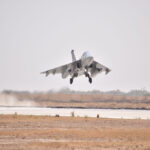
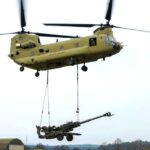
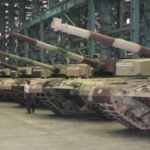
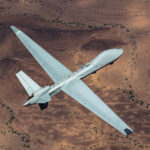
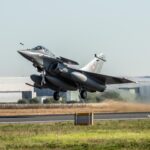





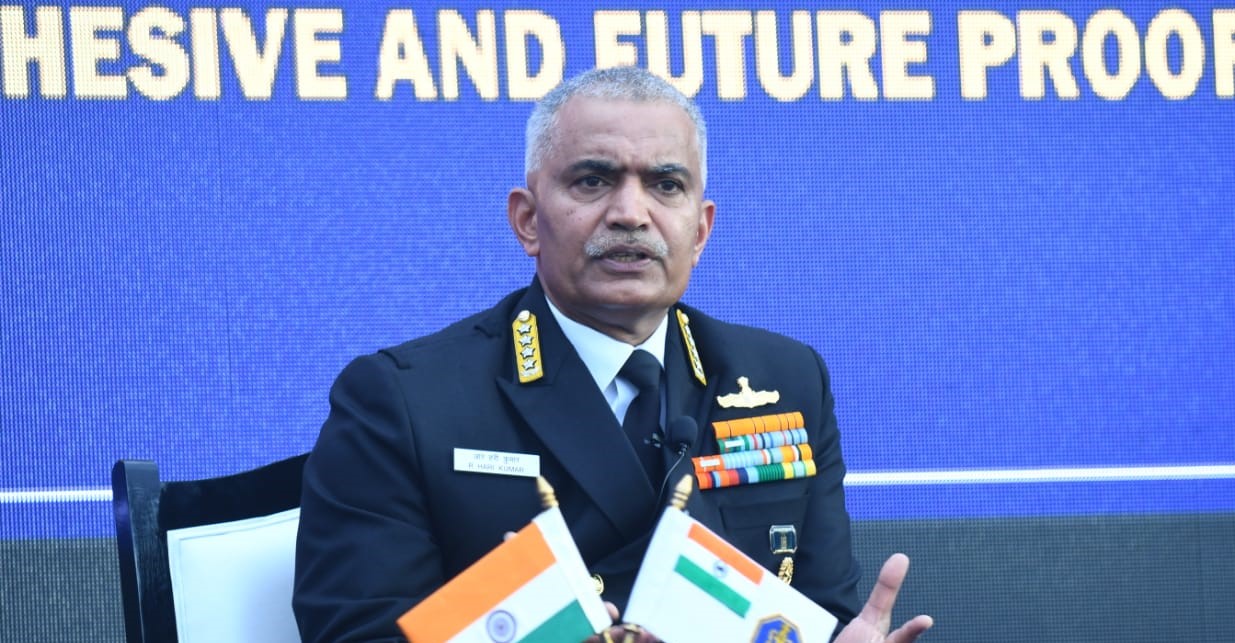
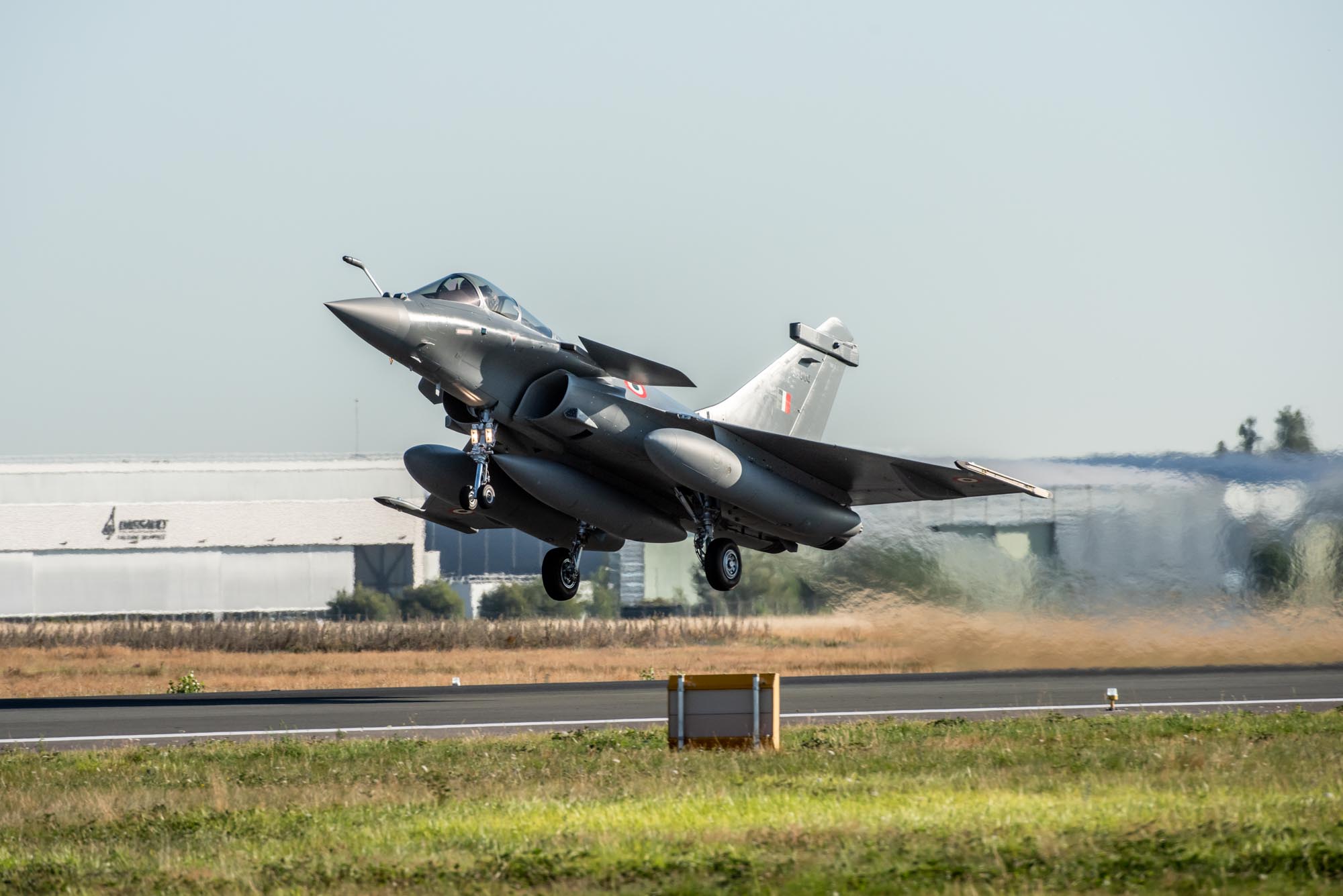
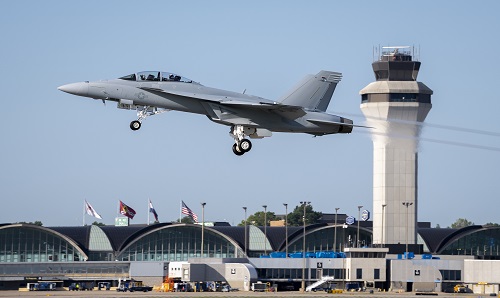
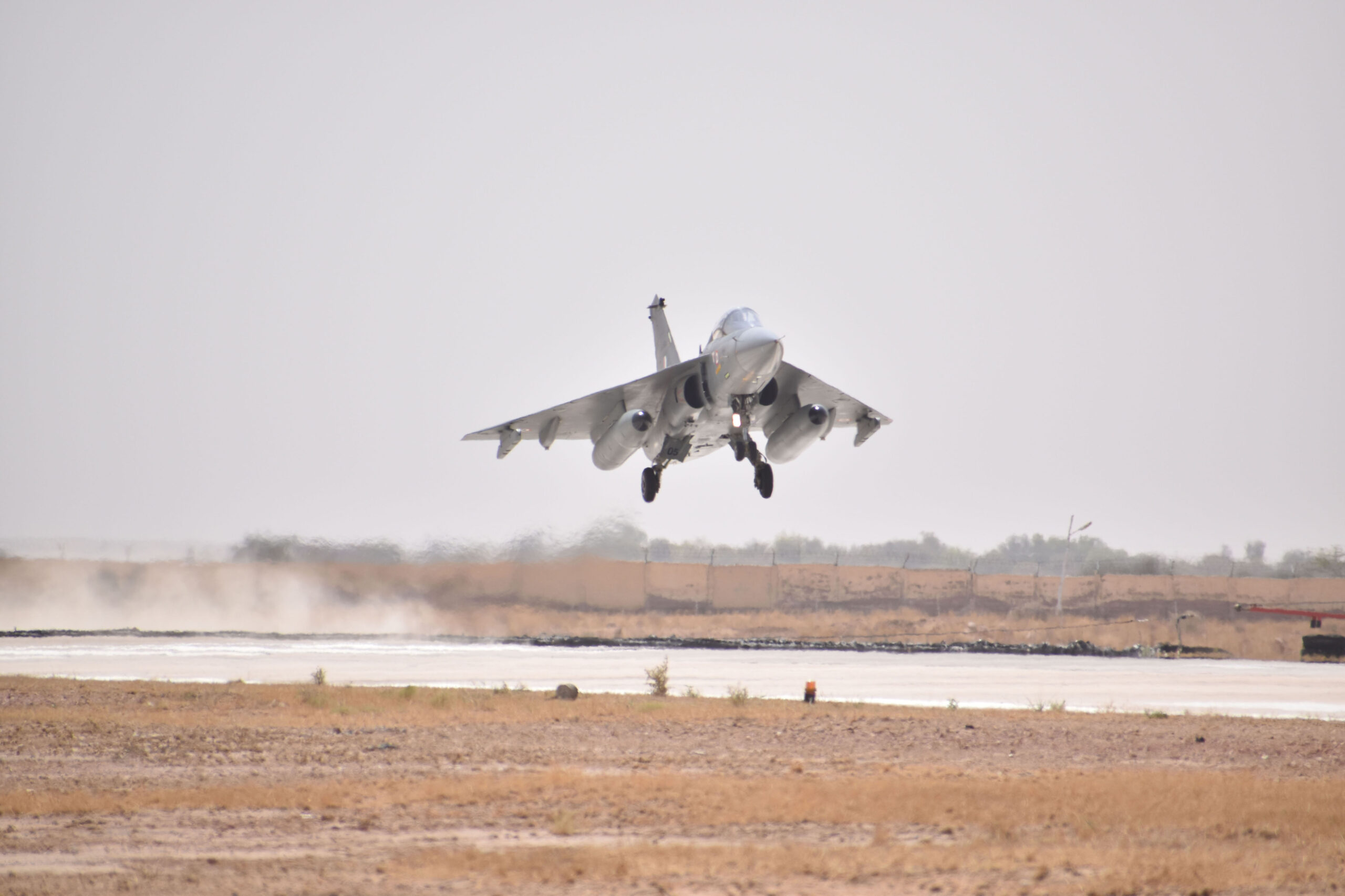
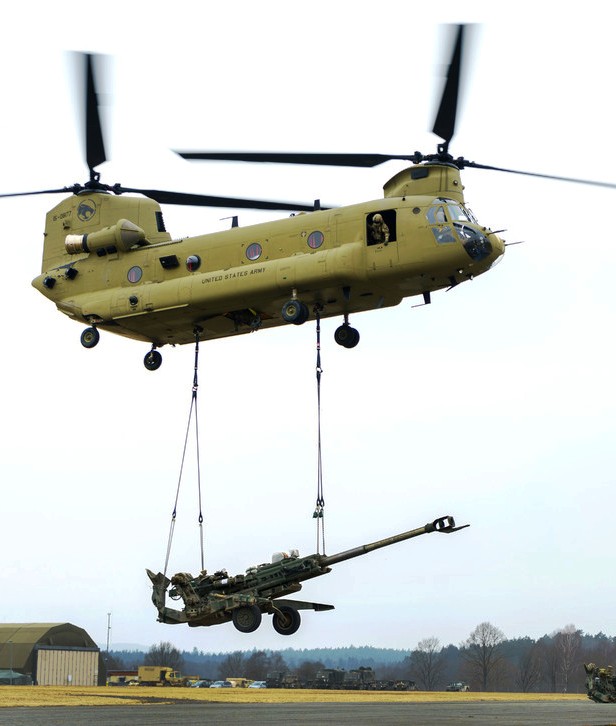
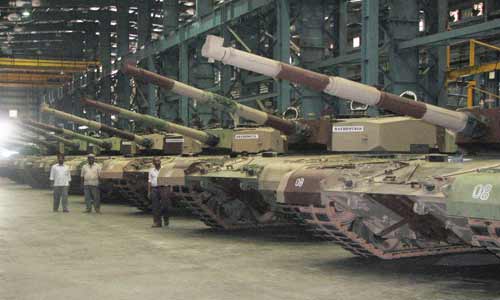
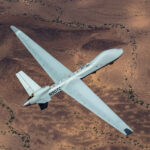

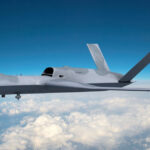
Recent Comments